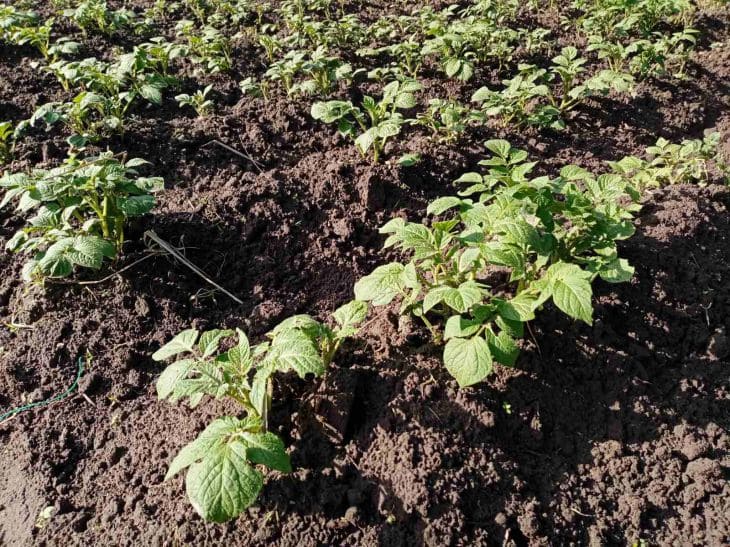10 Pairs of Plants That Need to Be Planted Next to Each Other: Not Every Gardener Knows
Many summer residents are familiar with the rules of crop rotation. But is this the only thing worth paying attention to?
You can often find prohibitions on the Internet, but rarely does anyone mention successful plant neighborhoods.
10 Pairs of Plants That Make Sense to Plant Next to Each Other
Some of the main examples include the following.
1. Garlic and roses. Phytoncides repel various small insects from roses. It is not necessary to plant entire beds near roses. Several garlic bushes as a preventive measure will be enough to achieve a good effect.
2. Danni and marigolds. The plants go well together and, most importantly, do not interfere with growth.
3. Sweet peppers and amaranth. Sweet peppers' aroma will repel beetles and other small pests.

4. Tobacco and lupine. Tobacco leaves will grow faster if lupine is planted next to it. These crops combine well with each other. Experienced gardeners try to place entire beds next to each other, which allows them to achieve a good effect.
5. Cucumbers and squash will receive reliable protection if you plant nasturtiums around the perimeter. This crop repels many pests and provides good protection for the harvest.
6. Zinnias and cauliflower. The thing is that zinnias have a strong aroma that repels small insects. This crop also provides prevention from slugs and snails that appear in the summer on the site.
7. Radish and spinach. The combination can be called universal. Each crop has the ability to repel certain insects.
8. Potatoes and alyssum. It is important to understand a simple fact: alyssum can collect beetles on its surface, thus protecting potatoes. Of course, to completely get rid of the beetle, you should not ignore treatments with special preparations.
9. Corn and beans: Because the crops have a strong aroma, they can repel common pests.
10. Tomatoes and cabbage. If the crops are grown nearby, the negative impact of small pests will be minimized.
Proper proximity helps to increase the amount of harvest and creates protection from small insects and various pests.
